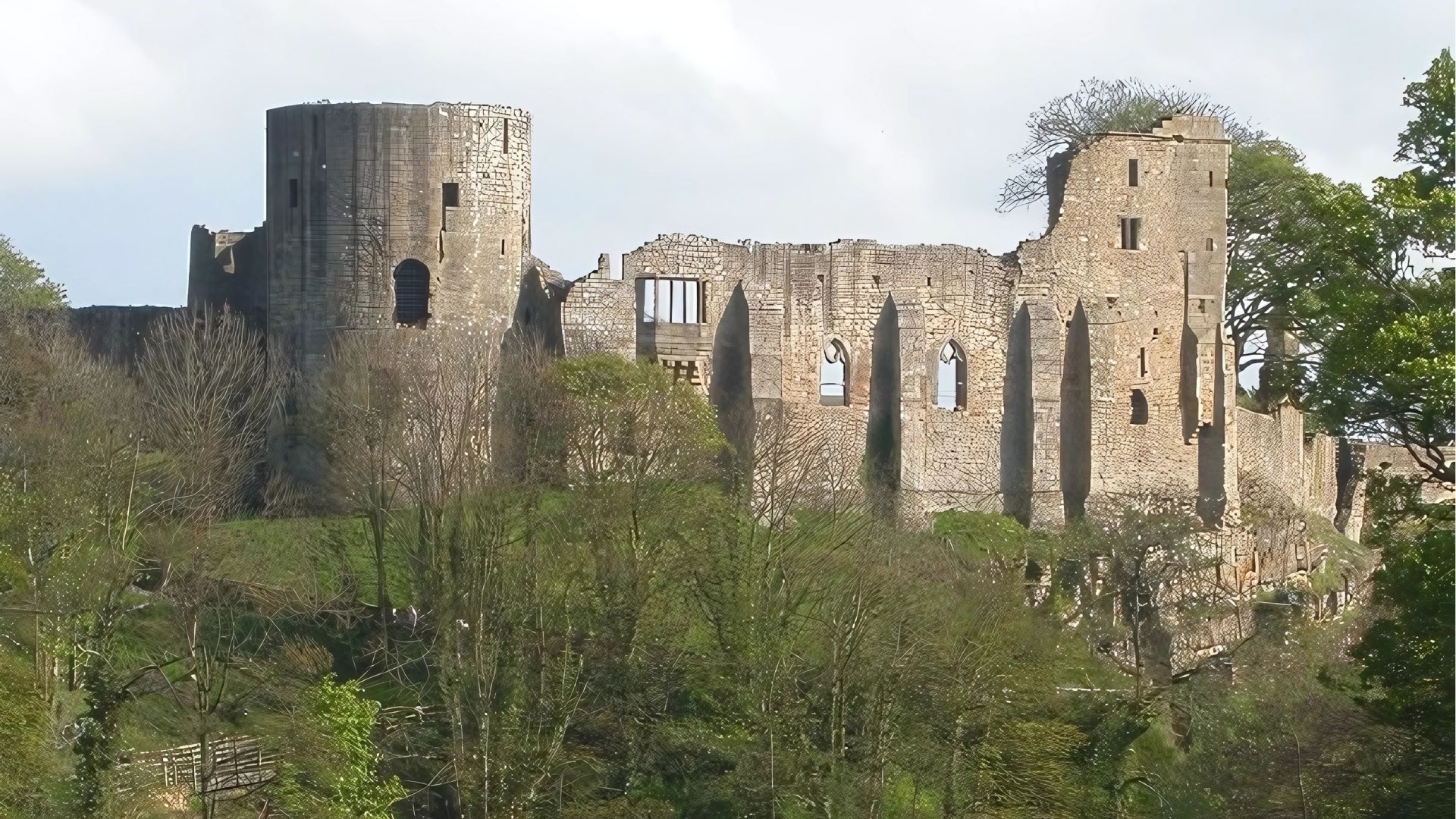Pity Me, Once Brewed: a toponymic tour of North East place names
Place names can teach us a lot about history. Let's explore the stories behind 5 North East place names.

Did you know that many cities, towns and villages take their names from topographical features? Rivers, hills, farmsteads, castles – all lead to the creation of place names or "toponyms".
Some of these are easy to understand, even to a modern observer. Take Newcastle. In 1080, the son of William the Conqueror ordered a royal castle to be built on the same bluff that had previously been used for a Roman fort. This new castle gave the city its name.
Other place names, perhaps, require a bit more knowledge to decipher. Towns ending in "ley", for instance, come from the Old English word
leah, meaning clearing or meadow. Burnley, to take one example, is "the meadow by the River Brun".
From north to south and east to west, British place names give us a window into the four nations' heritage – and the North East is no exception.
In this article, we take a toponymic tour of the region – from Gateshead to Pity Me, from Foggy Furze to Sunderland.
Gateshead
The fact that Gateshead sits at one end of Tyne Bridge might suggest that its name is literal: the head of a gate. But as so often in the world of toponymy, common sense is rarely helpful.
It seems, in fact, that Gateshead means "goat's head". We know this because the Latin translation of Bede's
Ecclesiastical History of the English People
refers to it as
ad caput caprae – at the goat's head.
The later English versions of the name, such as Gatesheued, underline this interpretation. It seems that Gateshead was once a headland or hill frequented by wild goats.
Visit Gateshead today and you can see seven life-sized goat sculptures designed by Sally Matthews. Since 1992, they've been "climbing and foraging amongst the wild vegetation and stone outcrops and ledges remaining from demolished industrial buildings" – a brilliant example of how art can bring the old, the new and the ancient together.
Once Brewed
Can a village have more than one name? Just ask the citizens of Once Brewed, Twice Brewed or Once Brewed/Twice Brewed – three names for a single village just south of Hadrian's Wall.
A motorist entering the village from the east will see a sign for Once Brewed. Enter from the west and the signs read "Twice Brewed". It's a kind of Schrödinger's village whose name depends on which way you're facing.
The name comes from the Twice Brewed Inn, the village pub. When a youth hostel was built, it was named Once Brewed.
Today, the Once Brewed youth hostel is called The Sill – but the smell of hops and yeast still lives on in the name of the pub and the village itself.
Foggy Furze, Hartlepool
Contrary to what you might expect, Foggy Furze isn't taken from a fantasy book or bedtime story. It's a neighbourhood of Hartlepool, a town in County Durham.
Ex-teacher and local historian
Frances Wilson researched the origin of the name. She writes that the earliest reference to the area calls it "Fog-Fur House" –
fog, or
foggage, being an Old Norse word for thick, coarse grass.
Meanwhile,
furrows was an Anglo-Saxon word which, in combination with "fog-fur", led to Fog Furrows and, finally, Foggy Furze.
It's a great example of how British place names reflect the different cultures that have lived here – in this case, both Anglo-Saxon and Norse.
Sunderland
The Sunderland we know today dates back to the Middle Ages when several settlements around the River Wear became a single settlement.
In the 10th century, the lands to the south of the river were known as Bishopwearmouth – lands that by 1100 included a fishing village known as "Soender-land". This means, literally, "a land that is cut asunder" – separated from the rest by the river. This village eventually lent its name to the city of Sunderland.
At least, that's one version of the story. There's also a comment by the Venerable Bede, the monk, scholar and later saint who started his monastic career at Monkwearmouth monastery, now in present-day Sunderland. He was, he wrote, "born in a separate land [sundorlande] of this same monastery". Some historians believe that this is the origin of the city's name.
Pity Me
In County Durham, there's a village called Pity Me. But why? The simple answer is that no one really knows.
Theories abound, as theories do. The
Oxford Dictionary of British Place Names
takes the common-sense view: that Pity Me is "a whimsical name bestowed in the 19th century on a place considered desolate, exposed or difficult to cultivate" – a kind of toponymic diss.
Less insultingly, it could come from the French for "shallow lake" – although even that could carry a note of sarcasm, given the village's aridity.
Perhaps, say others, "Pity" comes from "Pithead" and "Me" from "mere", a word meaning pond? Again, the vibes are negative, with the village being a pond created by wastewater from nearby mines.
The thrust of these theories is clear: Pity Me is a place to be pitied. But could it refer to an incident from history instead? One contender is that St Cuthbert's pallbearers dropped his coffin near the village. Another story recounts how a group of monks fleeing a Viking raid sang "Pity me, O God" as they entered it.
For our money, however, the most likely explanation is that it refers to a geographical feature, the specific nature of which is lost to time. Otherwise, why would there be two other Pity Mes in Northumberland and one in Cornwall? Well, we may never know…
So there you have it – the stories behind five place names in the North East of England. Fancy taking yourself on a toponymic tour? Here at MVH Rental, we have a fleet of high-quality
rental vehicles that are perfect for an impromptu adventure.
Get in touch and we'll get you on the road in no time.











